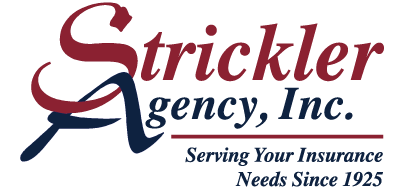Who pays the lowest workers comp rates? If you are an employer that:
•has been in business 3 or more years
•has good loss experience
•has a written safety program & provides regular safety training
•mandates the use of personal protective equipment
•requires pre-employment physicals, pre-employment and post-accident drug and alcohol testing
then your rates should reflect these favorable loss-control measures.
How can you reduce workers compensation costs?
1. LOSS EXPERIENCE. In the state of PA, experience modifications (calculated by the PA Compensation Rating Bureau – PCRB) are assigned to employers that generate $10,000 or more of premium for the prior three years. If overall losses were average as compared to other employers within your classification, your experience mod would be 1.00. If overall losses were higher than average, your premium would be debited. However, if your loss experience is better than the average, your premium would be credited. Keeping your losses to a minimum will reap savings in the form of a lower experience mod. If your premium doesn’t qualify you for an experience mod, PCRB will apply merit rating to your account. Merit rating is based strictly on lost time injuries. You can receive a 5% discount, no discount or a 5% debit, depending on the number of lost time injures during the experience period.
2. SAFETY PROGRAM. Providing ongoing training and requiring the use of personal protective equipment can help control losses. The PA Department of Labor & Industry also offers a 5% discount to employers that establish a formal safety committee. For more information, visit www.dli.state.pa.us.
3. POST A PHYSCIAN’S PANEL. A designated panel of providers for work-related injuries allows the physician to focus on the injured emloyee and getting them back to work as quickly as possible. The emergency room should be used only for true emergencies. The ER doctors are focused on treating a patient and moving on to the next, and associated costs are significantly more than a panel physician’s cost.
4. REPORT CLAIMS PROMPTLY. Statistics show that there is a direct correlation between the time of reporting and size of the claim. Use an accident as a learning opportunity – review the details and determine if there are corrective measures that can prevent future injuries.
5. HAVE A RETURN TO WORK PROGRAM. Developing a program to offer light-duty to employees who may have restrictions following an injury can aid in transitioning them back to full-time. Be sure to keep in touch with injured workers – let them know they’re a valuable member of your team.
